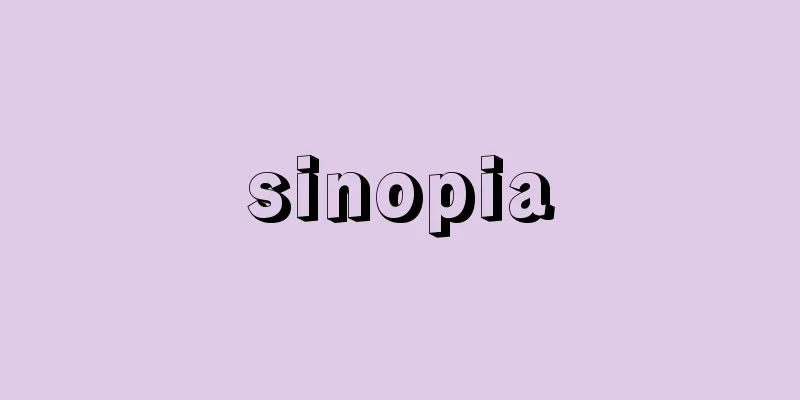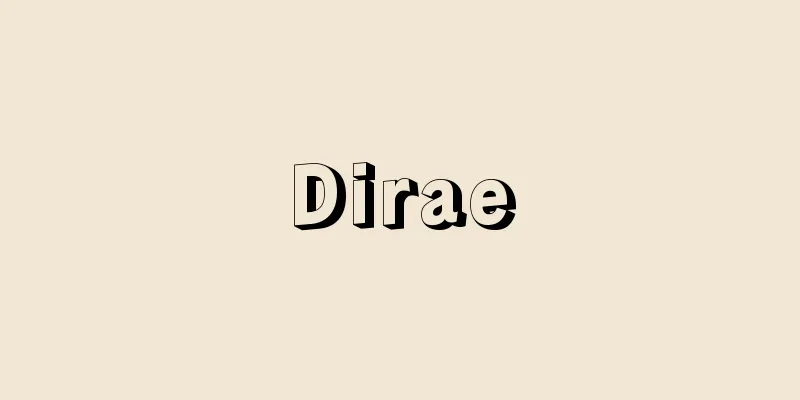Komagaku

|
It is also written as Komaraku. It is a form of Gagaku music of continental origin, which is the counterpart of Tang music of Chinese origin, and is of Korean origin. Tang music is called music of the left (Saho) and Komagaku is called music of the right (Uho), and the two contrast in all respects, including instrument arrangement, dance manners, and musical theory. There is also a system called "Tsugaimai no sei" (pair of dances), in which the two dances are performed alternately. When Komagaku music is performed, the instruments, musicians, and dancers' dressing rooms are all positioned on the right side of the stage, and the costumes are unified in green and blue tones. The instruments used are the Komyo flute, the Hichiriki, the Taiko, the Shoko, and the Sannoko drums, with the Sannoko drum playing a clear rhythm as the ensemble takes the lead. The songs are made up of the Komyo flute and the Hichiriki repeating relatively fragmentary melodies. There are three keys: the Komyo Ichikotsucho, the Doheicho, and the Dosocho, but because the Komyo flute is shorter than the Ryuteki, each key is two major degrees higher than the same keys in Tang music. There are three beats: the Komyo Shibyo, the Karabyo, and the Agebyo, which are simpler and more powerful than Tang music. Originally, it was called "Sankangaku" (Three Kingdoms Music) from Silla, Baekje, and Goguryeo, but in the mid-Heian period, a large-scale musical reform was carried out, and with the Samkangaku music that had been introduced from Korea as its base, Tang Dynasty folk music, Kogaku (Earth Music), Bohai Music, and other music composed and danced in Japan were reorganized and reorganized as the Right Goryeo Music in contrast to the Left Tang Music. This has been passed down to the present day. There was also a performance style called "Kangen" (wind and string), but it was abolished, and now only Bugaku remains. There are about 25 pieces, including "Kocho", "Nasori", and "Hassen". Furthermore, Goryeo music, one of the Three Kingdoms, was first performed on January 18, 683, the 12th year of the reign of Emperor Tenmu, along with Silla music and Baekje music, and there are records that it was taught at the Gagaku-ryo, but the musical content is unknown. [Yoko Hashimoto] Source: Shogakukan Encyclopedia Nipponica About Encyclopedia Nipponica Information | Legend |
|
狛楽とも書く。大陸系の雅楽のうち、中国系の唐楽に対する朝鮮系のもの。唐楽は左方(さほう)の楽、高麗楽は右方(うほう)の楽といい、両者は楽器編成、舞作法、音楽理論など万事にわたって好対照をなす。「番舞(つがいまい)の制」と称し、両者の舞を交互に披露する制もある。高麗楽上演にあたっては、楽器、楽人、舞人楽屋ともに舞台右方に配置され、装束は緑・青系統に統一される。 楽器は高麗笛、篳篥(ひちりき)と太鼓、鉦鼓(しょうこ)、三ノ鼓(つづみ)で、合奏を主導するのは明確なリズムを奏する三ノ鼓。曲は高麗笛と篳篥が比較的断片的な旋律を反復してなる。調子は高麗壱越調(いちこつちょう)・同平調(ひょうじょう)・同双調(そうじょう)の3種だが、高麗笛が竜笛より短いため、唐楽における同名の調子よりそれぞれ長2度ずつ高い。拍子は高麗四拍子・唐(から)拍子・揚(あげ)拍子の3種で、唐楽に比して簡素で力強い。 元来、「三韓楽(さんかんがく)」と称する新羅(しらぎ)・百済(くだら)・高句麗(こうくり)のものを称したが、平安中期に大規模な楽制改革が行われて、朝鮮伝来の三韓楽を母体に、唐の俗楽や、胡楽(こがく)、渤海楽(ぼっかいがく)、その他日本で作曲作舞されたものが整理統合され、左方唐楽に対する右方高麗楽として再編成された。以後これが現在まで継承される。「管絃(かんげん)」の演奏形式もあったが廃絶し、現在では舞楽のみ。『胡蝶(こちょう)』『納曽利(なそり)』『八仙』など約25曲ある。なお、三韓楽の一つとしての高麗楽は天武(てんむ)天皇12年(683)正月18日、新羅楽・百済楽とともに初演され、雅楽寮で教習されたとの記録もあるが、その音楽内容は不明である。 [橋本曜子] 出典 小学館 日本大百科全書(ニッポニカ)日本大百科全書(ニッポニカ)について 情報 | 凡例 |
<<: Mount Komagatake - Mount Komagatake
Recommend
Corona Australis (Southern Crown)
Its abbreviation is CrA. It is a southern constell...
Javanese - Javanese (English spelling)
The main ethnic group on the Indonesian island of ...
Chios [island] - Chios
A Greek island in the eastern Aegean Sea, just 6 k...
lumbar plexus
…When the median nerve is damaged, the area of ...
Cameroon National Union
... The first president of this federation was Ah...
Charmont, J.
…But his neo-Kantian formalism ultimately resulte...
Commodity exchange - shohintorihikijo (English spelling)
A facility established under the Commodity Future...
Tachigoke - Tachigoke
A general term for the moss genus Atrichum in the ...
Ductility
A type of plasticity, which refers to the ease wi...
Sword
[1] 〘 noun 〙 ("Na" is an archaic word fo...
"A flock of swirling crows" - A flock of swirling crows
…Afterwards, while recuperating on the island, he...
Leipzig (English spelling)
A city in the state of Saxony in eastern Germany. ...
side-striped jackal
...They live in family groups in dry grasslands a...
School attendance - Shuugaku
〘 noun 〙① To study under a teacher. [Northern Hist...
Public official - Kujiyaku
〘Noun〙 Miscellaneous taxes of the Middle Ages. In ...









